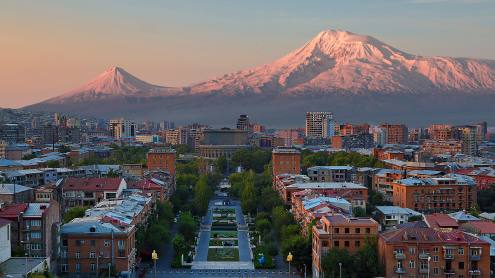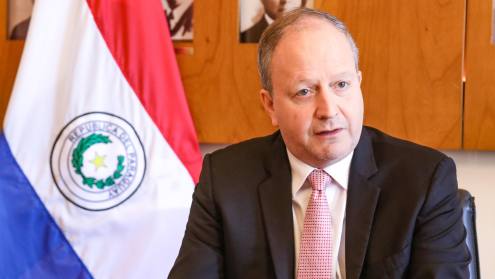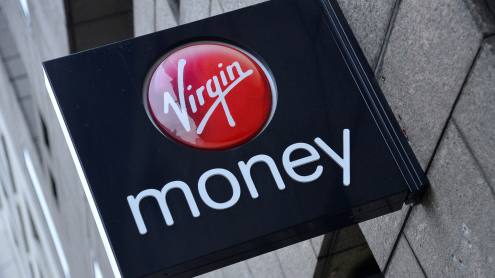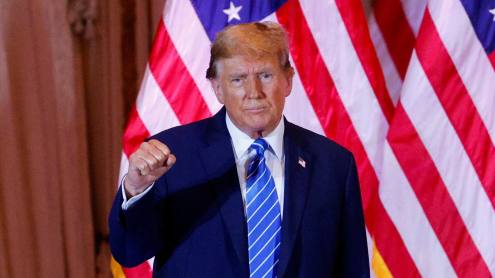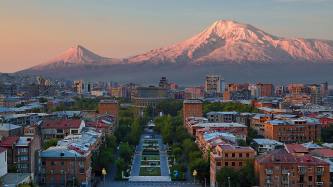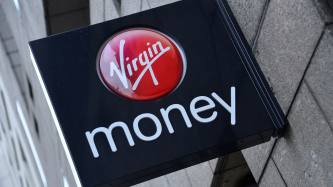With this year’s annual meeting of the Inter-American Development Bank being held at Costa do Sauípe, a seaside resort in the state of Bahia in the north-east of Brazil, economic and financial sector data shows that the area is outperforming much of the rest of the country.
The fourth most populous state in Brazil, and home to former capital Salvador, Bahia had been expected to grow at a similar pace to the whole country in the next few years, according to research by Itaú Unibanco. As fresh national data points to a technical recession for Brazil – the country’s gross domestic product (GDP) shrank by 0.2% in the final two quarters of 2013 – it is not clear whether Bahia will follow a similar fate. Before it announce its data on the national GDP figures, Itaú had anticipated that Bahia’s GDP would grow at an average of 1.8% for the period between 2011 and 2015, and then at an average of 2.6% between 2016 and 2020.




